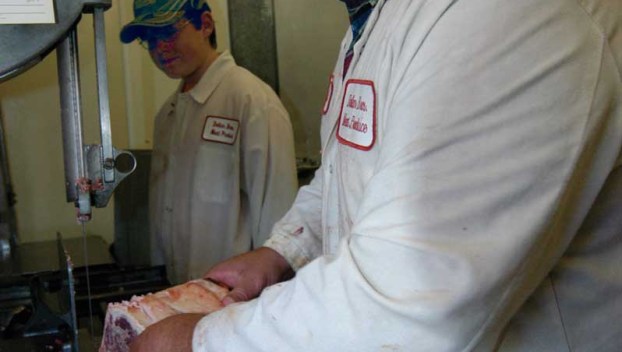
Lifestyles
Slaughter House Rules, Last of His Kind
While we are all accustomed to buying meat at the grocery store, there are still a number of ... Read more

While we are all accustomed to buying meat at the grocery store, there are still a number of ... Read more